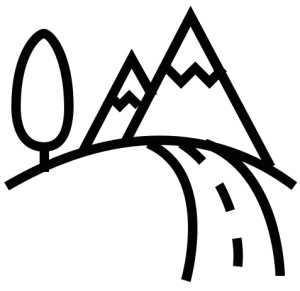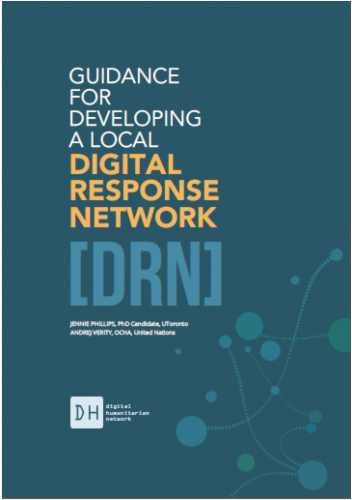“Volunteers are running complex teams, filling specialized work roles, just like professional organizers.”
Sound familiar? Micah Sifry’s interview of the core team of the Bernie Sander’s US election campaign truly resonated with me. The contributions to the campaign have already surpassed 2.5 million small and large volunteer activities. This includes Slack channels, special events, phone calls and online engagement. For years, many of us in the Digital Humanitarian/Digital Responder networks are at the cusp of growing from smaller boutique communities to wide spread growth. There were 1000s of us after the Haiti Earthquake growing to over 10, 000 after the Nepal Earthquake[1]. For those of us focused on big global change, the numbers of supporters and the volume of activities is massive. Yet, our collective digital activities can be even larger, more coordinated and more effective as we aim to focus and create solutions that matter.

Each of the Digital Humanitarian communities are considering how to sustain growth, widen the circle to the next million, increase quality of activities, and be more inclusive (language, culture, region, and knowledge). Missing Maps is certainly a recipe for success with their regular mapathons, shared resources, partnerships, impact focus and large outreach networks. Since 2014, there have been 6,949 global-wide contributors to the OpenStreetMap based project. We also need to consider how to expand to meet all the global goals.
My primary career goal is to help people get involved in their world on things that matter. While there is not one formula or recipe, as an organizer and leader, I am super inspired by the Sander’s campaign playbook for how we can learn and grow the digital responder communities. As we consider the sustainable development goals and the outcomes of the World Humanitarian Summit, these examples can help us shape useful implementation plans for a network of networks.
We need the World’s Largest Lesson for how to get involved and create within digital responder networks. We need many great big implementation plans. But, this is only after we consider how address the right issues in a directed formulated plan. The Sanders US election campaign has a clear goal and the implementation pathway seems somewhat straightforward. The tactics they use are collaborative, detailed and powerful. They have activities for small interventions/actions up to very large participatory volunteer roles. Brilliant. How can we look at our goals in the digital responder space and really work with all the stakeholders to localize and have impact? Well, the humanitarians are organizing to innovate.
The complimentary activity is happening in the Digital Responder space. The recently published Guidance for Developing a Local Digital Response Network [DRN][2] provides pathways for local communities to learn from others then remix. Andrej Verity’s blog post announcement on this launch highlights the opportunities. Now, we need are workshops around the world, curriculum in many languages and a grand implementation plan.
Big organizing and small incremental interventions are needed to make substantial change. An intersection of time, will and skill exists. Now it needs to be nurtured with big organizing for local to global impact.
[1] There was not an exact census after the Nepal Earthquake across the Digital Humanitarian Network. I did an informal survey of Humanitarian OpenStreetMap Team (over 8000), MicroMappers (about 2300) (QCRI), Standby Task Force (500) and then add all the other digital and local communities, including Kathmandu Living Labs. [2] It was a pleasure to contribute input for the DRN guidance document. Congratulations to Jennie Phillips and Andrej Verity for this work.[Image Credit: Road by BraveBros. from the Noun Project, ccby]
